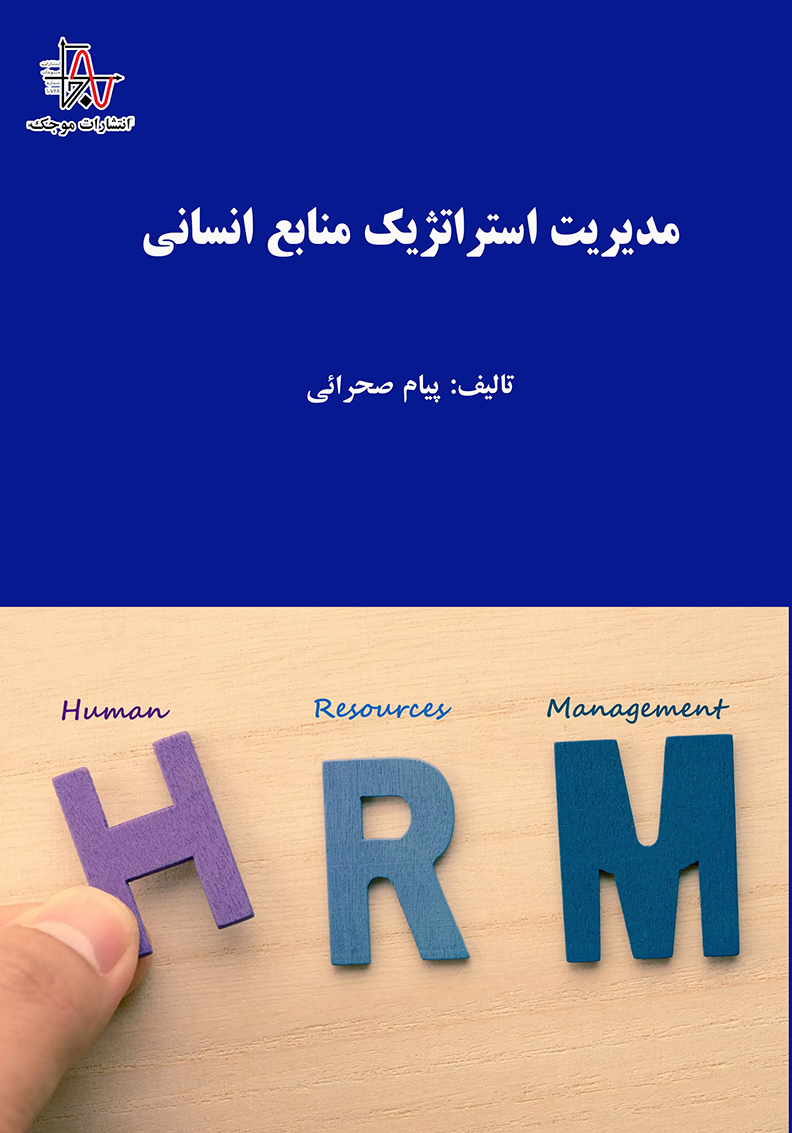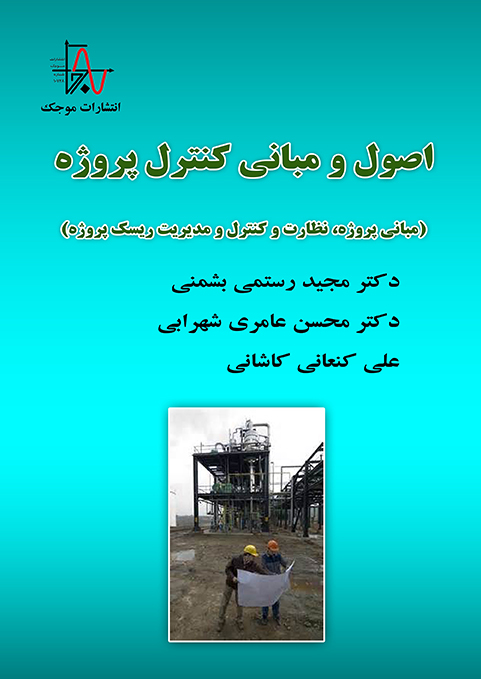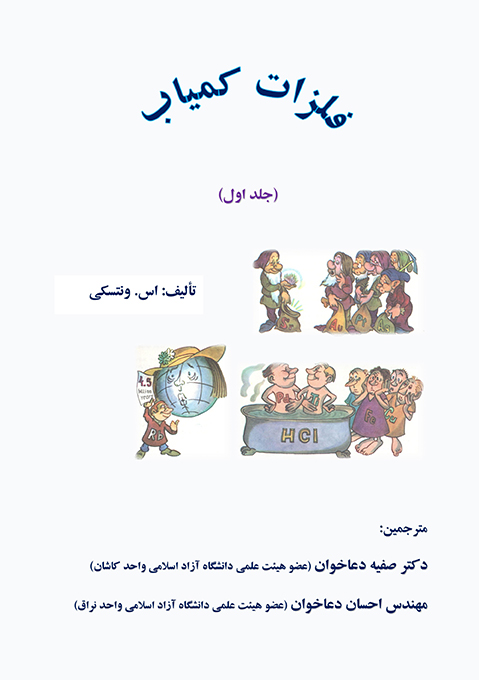ناشر : انتشارات موجک
کد کتاب : M800
عنوان : مدیریت استراتژیک منابع انسانی
تالیف : پیام صحرائی
مشخصات ظاهری : ۹۴ صفحه، قطع وزیری
چاپ اول : بهار ۱۴۰۱، تيراژ : ۵۰۰ جلد
قيمت : ۱۷۶۰۰۰۰ ريال، شابک : ۲-۴۷۱-۹۹۴-۶۰۰-۹۷۸
حقوق چاپ و نشر برای ناشر محفوظ است.
————————————————————————————————————————————————————————————————————————–






نقد و بررسیها
هیچ دیدگاهی برای این محصول نوشته نشده است.